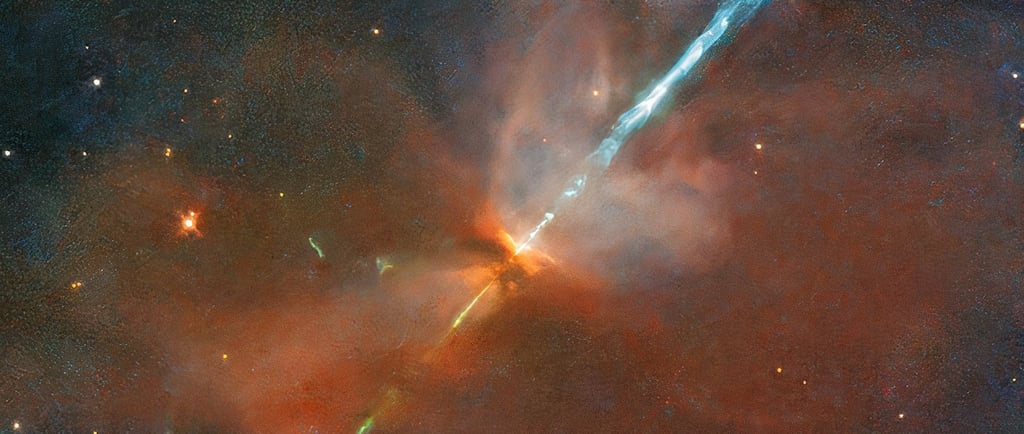The HH111: The Formation of Herbig-Haro Objects


Introduction to Herbig-Haro Objects
Herbig-Haro objects are fascinating astronomical phenomena formed from the energetic interactions between newly formed stars and the surrounding gas and dust. These celestial entities are characterized by their bright, luminous streaks, which signify the expulsion of narrow jets of rapidly moving ionized gas. The study of these objects sheds light on the processes involved in star formation, displaying spectacular demonstrations of astrophysical interactions.
The Birth of a Star and Ionized Gas Jets
As a star begins its life cycle, it undergoes significant changes that result in the expulsion of ionized gas jets. These jets are released at extremely high speeds, sometimes reaching hundreds of miles per second. The gas involved is not just any ordinary gas; rather, it is composed of particles that have lost their electrons due to the immense energy produced during the star's formation. This highly charged gas plays a pivotal role in the dynamics of space, interacting with the vast clouds of gas and dust that envelop newborn stars.
The Role of Collisions in Forming Herbig-Haro Objects
The streams of ionized gas emitted by new stars collide with the surrounding medium, resulting in energetic encounters that give rise to Herbig-Haro objects like HH 111. The collisions cause shocks that compress the surrounding gas, leading to further ionization and excitation of particles. This not only enhances the brightness of Herbig-Haro objects but also contributes to the overall structure of star-forming regions. As these energetic jets propagate through space, they catalyze the formation of even more complex structures, reflecting the dynamic nature of stellar environments.
Conclusion
In summary, the study of newly formed stars and their expulsion of ionized gas jets reveals critical insights into the processes that govern star formation and the development of Herbig-Haro objects. The high-speed interactions of these jets with surrounding gas and dust not only highlight the energetic nature of stellar life but also raise questions about the implications for galactic evolution. Observing phenomena such as HH 111 allows astronomers to gain a deeper understanding of the complexities associated with star formation and the universe at large.
